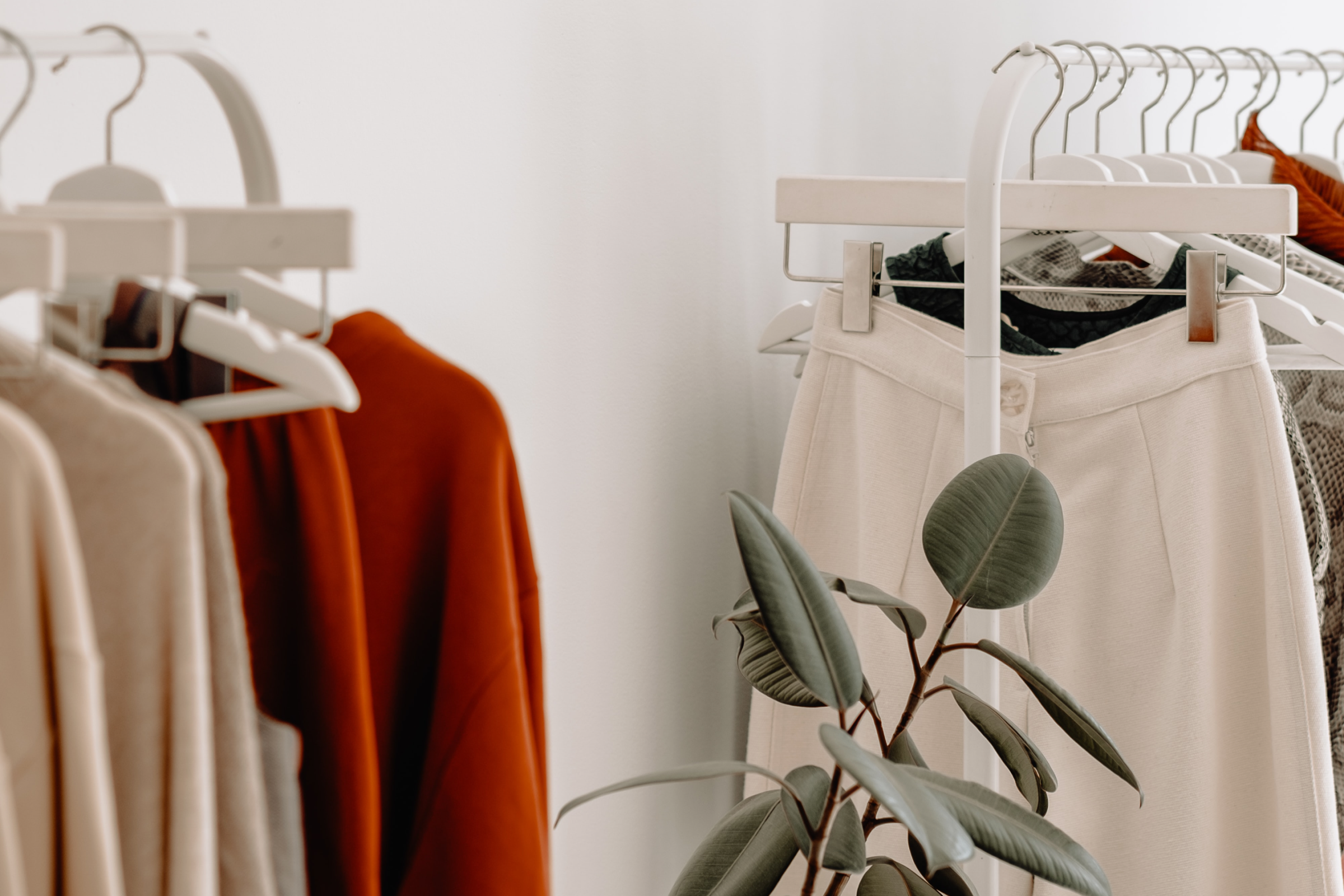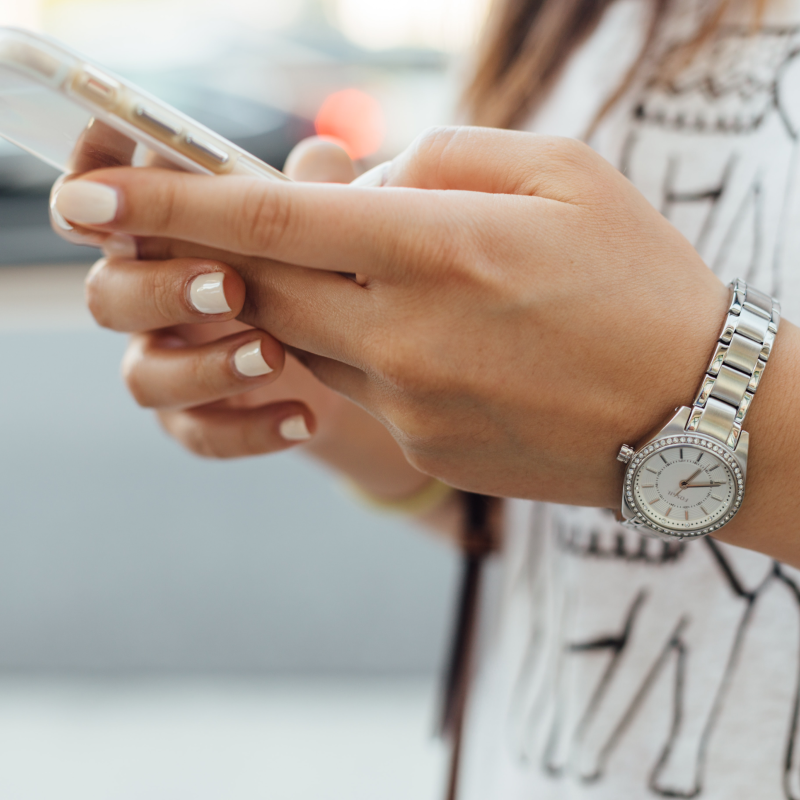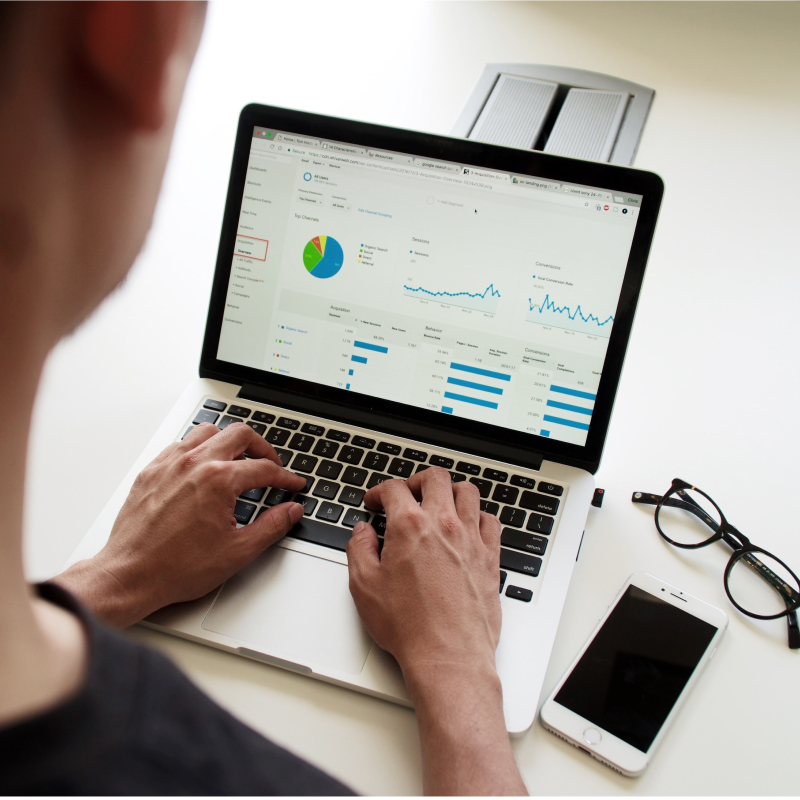8 Ways to Increase Shopify Conversion Rates for Fashion Brands

Quick Summary If you run a fashion brand, you understand how much work it takes to stand out from the crowd. The fashion industry is huge, after all.
If you're part of the eCommerce fashion world, standing out is even more challenging–you don't have the benefit of a physical location to put yourself in front of consumers. Online companies have to work behind the scenes to build unique, exciting brands and win sales.
That's why CRO for fashion brands is so important. CRO, or conversion rate optimization, helps you make the most of the people who visit your Shopify site. Great CRO helps you keep customers on your site, guide them to the products that interest them, and encourage conversions (sales).
If you want to improve your fashion brand's Shopify CRO, keep reading. These eight tips will help you personalize eCommerce for your customers to improve branding and increase sales.
Monitor Conversion Rates
The first step for any Shopify CRO initiative is to monitor your conversion rates compared to industry averages. A 100% conversion rate means that everyone who visits your site makes a purchase every time they visit. Obviously, 100% is unrealistic, but you need to know what is realistic.
Monitoring average conversion rates for fashion brands gives you a benchmark for how you're stacking up. If you're lower than the industry average, it's clear that improvements can be made. On the other hand, if you're doing better than the average, you're doing something right and should keep it up.
You can check conversion rates in a few different contexts. In particular, pay attention to fashion industry conversion rate averages for the following:
Fashion eCommerce: Check out the average conversion rate for fashion eCommerce brands overall. According to one study, the average fashion and style conversion rate across all platforms is 1.5%. The top 20% of brands achieve 3.1%, and the top 10% get 4.4%.
Mobile: This relates to how well mobile sites are managing conversions. Mobile has become the most important platform for many eCommerce sites, so this is an essential but often overlooked number.
Desktop: This relates to how well desktop websites are managing conversions. Desktop sites tend to have higher conversion rates in general, perhaps because people prefer the checkout process on a desktop instead of a mobile device. If your desktop conversion rates are lagging, you might need to investigate.
General eCommerce: More generally, this relates to how well eCommerce brands as a whole are achieving conversions. This number gives you an idea about what's possible for eCommerce and Shopify stores in general.
Implement AI Recommendations
When people visit your site, you should immediately present them with products they care about. Many sites try to achieve this by displaying the same generic seasonal releases and sales to everyone. However, modern technology offers a better solution.
If you collected information about visitors' previous purchases and visited pages, you can use that to fuel personalization in your search results. Specifically, you can use artificial intelligence (AI) to provide product recommendations to your customers based on their interests. This technology uses customers' past behavior to predict products that they'll enjoy and display them prominently.
If a specific customer only looks at cashmere items or primarily buys burgundy clothes, the AI will take that into account. Products displayed on the front page and in the recommendations alongside other pages will be cashmere and burgundy, which you already know the customer enjoys. As a result, consumers are presented with the products they are most likely to purchase from the moment they visit the site.
Syte is a great tool that allows you to implement AI recommendations on your Shopify site. You can collect all the information you need about customer preferences and provide hyper-personalized experiences for every visitor right from your site's home page.
Personalize Site Search
A standard search on most sites pulls up a list of pages that most exactly match the search terms. That's great when a customer knows exactly what they want. Searching "cowl-neck cashmere sweater burgundy" will bring up a specific list of products that the customer will probably like. But what happens when the customer doesn't know what they're looking for?
Lots of searches on fashion eCommerce brand sites are less detailed. Consumers search "cashmere" or "sweater" or "burgundy" and nothing else. If the site search only pulls up items based on the customer's keywords, it will inevitably present irrelevant items like black cashmere scarfs or burgundy skirts. That makes the customer do a lot more work to find the products they want and creates a falling-off point.
You can prevent that by providing personalized site searches based on customer data. Like with AI product recommendations, the search will use the visitor's past behavior to display items they're more likely to care about. When they search "sweater," the top results will be cashmere sweaters available in their favorite color instead of random popular sweaters. It gives the visitor a sense of being special to your brand while guiding them to items they're more likely to buy.
Are you seeing 30% of revenue from Email & SMS Marketing? See how we can help.
Optimize Product Photos
The internet is a heavily visual medium, and this is even more true when it comes to fashion eCommerce stores. Consumers rely entirely on the images of the clothes to decide whether they'll make a purchase. By optimizing product photos, you can significantly improve conversion rates.
The easiest way to optimize photos is by performing A/B testing. In an A/B test, you compare the original pictures with a slightly different version. You might remove an image that seems unnecessary or replace one that's not clear. You present both versions to equal, large samples of customers, then track which version gets better results. Possible A/B tests you can perform include the following:
Testing whether product pages with "action shots" of the clothing being worn perform better or worse than those with pictures of the clothing alone
Compare different numbers of pictures to find the number that gets the best results
Test different angles of the same items against each other
Try presenting different color variations first to see which gathers the most interest
Focus on Branding
Part of what makes a company stand out online is its brand voice. With so many stores online, your branding is a significant part of what sets you apart from other eCommerce companies selling similar items. You should put just as much effort into branding product pages and search results as you do into your homepage and marketing.
For example, your product pages should have the same personal touch as your landing pages. They should match the design of the rest of your site, including colors and general design aesthetic. If you have a Shopify store, the templates make this aspect simple.
What's a little trickier is incorporating your branding into the copy. You want to find a balance between matching the tone and keeping the item's description easy to understand.
Still, if you can accomplish this, it makes a great impression on visitors. When your branding is consistent across your site, from copy to visuals, it helps your customers feel immersed in the shopping experience just like they would in a brick-and-mortar store.
Polish Mobile Presentation
Remember, mobile sites have become a fundamental part of the eCommerce shopping experience. That means that your mobile site needs to be just as polished as the desktop experience. What works on a desktop site doesn't always look great on a mobile device, so take the time to view your site and new pages on multiple platforms.
Shopify stores are built from the ground up to be mobile-friendly. If you're already using Shopify, your mobile site should be reasonably polished right off the bat. Still, it's worth checking up to see what customers actually experience. Look for these types of problems:
Slow load times
Pictures that don't fit on the page
Text that disappears off the side of the screen
Images or text that are too small to see
Hard-to-find "Add to cart" buttons
These are just a few of the problems that can turn customers away from your mobile site and reduce conversion. On the other hand, if you make sure that the mobile site is beautiful and easy to use, you'll increase conversions. Convenience is key. When you make it easy for people to buy, they're more likely to do so, and that includes making your mobile site user-friendly.
Sell on Every Platform
Many eCommerce companies make the same simple CRO mistake: They only try to sell products through their store. The assumption is that the purpose of every other platform is to drive people to your website and nothing more. While that may have been true at one point, it's not anymore.
Instead, it would help if you made an effort to sell outside of your site. What does that mean? It means using your other platforms to specifically sell certain items.
Take Instagram, for example. Instagram is essential for fashion brands of all types. The image-based nature of the platform lets brands display new collections, sales, and in-demand items to their most dedicated customers. You've probably used Instagram to highlight new items or showcase outfits from your store. If you do, you should also get Instagram for Business and set up an Instagram Store. Once you've done that, you can tag items from your Instagram Store in your posts, so people can go directly to the listing and buy in the app.
You can do something similar on Facebook. If you have a Facebook page, you can link it to a Facebook Shop. Then when you make posts about sales or new releases, you can link to the Facebook Shop listing. This means people don't have to overcome the psychological hurdle of leaving the platform. As a result, they're more likely to click through and potentially buy items they like.
Simplify the Purchase Process
A critical part of increasing sales is removing barriers from the purchasing process. Just like selling on other platforms eliminates the barrier of going to a new site, simplifying the purchasing process removes obstacles in the checkout page. When you make it easy to buy something, you increase the number of people who will buy. It's as simple as that.
You can simplify checkout and improve CRO in several ways:
Give many easy payment options. Avoid limiting your customers to a narrow range of payment options. If you only accept PayPal or certain credit cards, you're going to shut out many potential buyers. Instead, take as many payment options as possible and make them as easy as possible.
Provide financing for large purchases. Fashion can stretch the wallet. Paying full price upfront for a luxury item may make people think twice about clicking "Buy." If you offer financing, however, you can help your customers split up large payments over time. That can convince people to take the plunge on a large purchase.
Offer free shipping. No one likes the surprise of extra shipping charges at checkout. Even if you don't want to offer free shipping on every purchase, consider it for orders over a certain threshold. This has the added benefit of encouraging people to buy more to hit that threshold and get free shipping.
Avoid requiring an account for purchases. ECommerce tips often suggest requiring customers to make an account to make a purchase. While that's a great way to personalize eCommerce, it's not ideal for maximizing conversions. Many people will abandon their carts instead of taking a few minutes to make another account they'll need to remember. You can encourage account creation but provide a guest checkout option to get the best of both worlds.
CRO for Fashion Brands: Put Yourself in Your Customer's Shoes
At its core, CRO is about making it easy and fun to buy your products. No matter how long you've run your fashion brand, you can improve your CRO by taking your customers' perspectives. When you understand what your customers want, you can increase sales. It's as easy as that. From taking the time to personalize eCommerce with AI to simplifying the actual process of making a purchase, you're making your brand and products attractive, engaging, and easy to buy.



